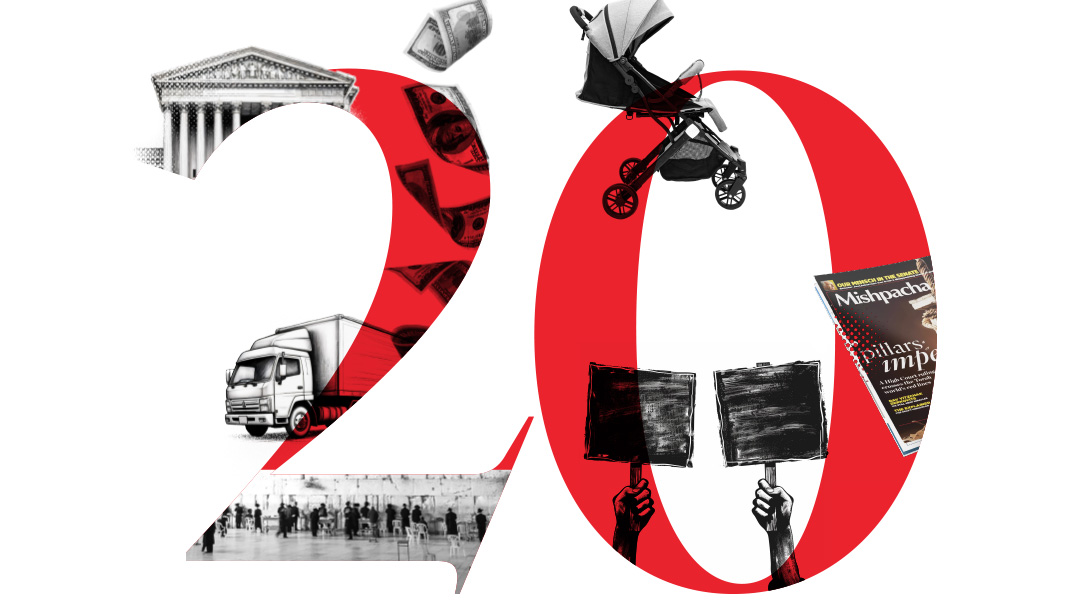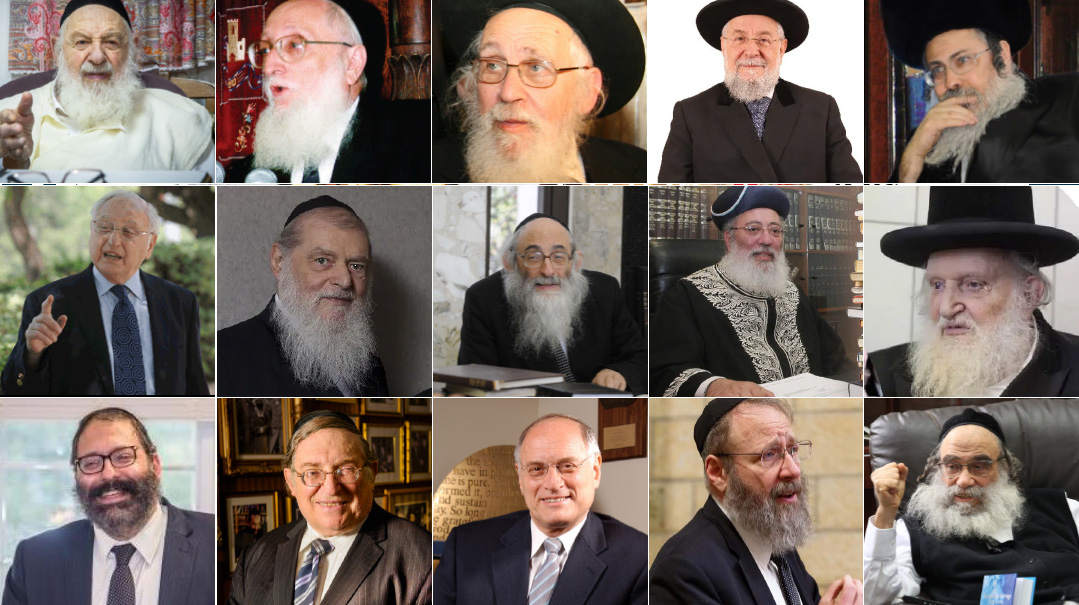20 Turning Points

Twenty contributors share their opinions about the most consequential changes, trends, and developments of the last two decades

During the past 20 years, we’ve brought our readers a consistent weekly package of information, inspiration, education, and connection. But our readership has changed and evolved with the passage of time. The reader of 2024 is not the reader of 2004, and today’s frum world faces a different constellation of challenges and opportunities. What are the most consequential changes, trends, and developments of the last two decades? We asked a panel of 20 contributors at different junctures of the community to share their takes
Slippery Slope
Rabbi Chaim Dovid Zwiebel, Executive Vice President of Agudath Israel of America
E
arly on in my now four decades of service to Agudath Israel, I had occasion several times to warn legislators and judges about “slippery slopes” — how proposed new laws that represented only a slight departure from traditional social norms, and which appeared relatively benign, could lead to further and more radical departures whose consequences could be disastrous for society. Unfortunately, I was proven right.
Over the past 20 years, the slope has become not only more slippery but also steeper. In a case decided in 2003, the Supreme Court overruled its own earlier decision upholding laws that outlaw certain forms of deviant behavior. Little did we know that this case would serve as a turning point in American jurisprudence, and would lead to dramatic erosion in the moral foundations of American society. But that is exactly what happened.
From broadening civil rights protections to changing the very definition of marriage… from tolerating deviant personal behavior to ostracizing religious opponents of deviancy as bigots… from terminating life support for the critically ill to legalizing assisted suicide — all of these “advances” are attributable, at least in part, to the Supreme Court’s determination 21 years ago that notions of traditional morality have no place in the laws of this country.
Though we are Torah Jews with our own moral code, we are still affected by the moral climate of the society around us. The more spiritually toxic the climate, the more we need to insulate ourselves from its noxious fumes. The farther American culture keeps slipping down the slope, the more we need to embrace the counterculture embodied in authentic Torah Judaism.
And therein lies what is perhaps the most important contribution Mishpacha magazine has made to Klal Yisrael over the past two decades: providing a warm hearth around which large segments of the Torah community can huddle to protect themselves from the dangerous social winds and treacherous icy patches all too close to home.
A Million Hours a Month
Yosef Davis, director at Torah Anytime
B
ack in 2006, when the small Torah Anytime team started to record shiurim, technological capabilities were very limited. You couldn’t even rewind or fast forward a video on a digital platform. But there was a realization that things were changing and moving forward; we were on the cusp of something enormous.
Technology can be viewed as a double-edged sword. It wastes valuable time and can lead people astray. Yet it can be used to make Torah learning accessible and available, and we made this our mission. Twenty years ago, a big part of Klal Yisrael believed that the internet was entirely forbidden, the yetzer hara incarnate. Now, there are still communities who limit its usage very strictly, and they are wise in following the call of their gedolim. We would never want anyone to use the Internet if they are not doing so already, but for many of us, it’s become part of our lives. We find ourselves fighting for kedushah and taharah on this unique battlefront, and Torah Anytime fights by harnessing the power of internet to spread Torah.
At this point we’re spreading a million hours of Torah learning a month, creating a virtual yeshivah without walls. People sick in hospital beds and workers at blue collar jobs keep Torah Anytime in their ears all day long. With users across the globe (and since Australia is fourteen hours ahead of EST) there is never a time when someone isn’t learning on Torah Anytime — and the precious gems of shiurim and Torah thoughts are not only available now, but preserved for posterity.
Oops! We could not locate your form.







